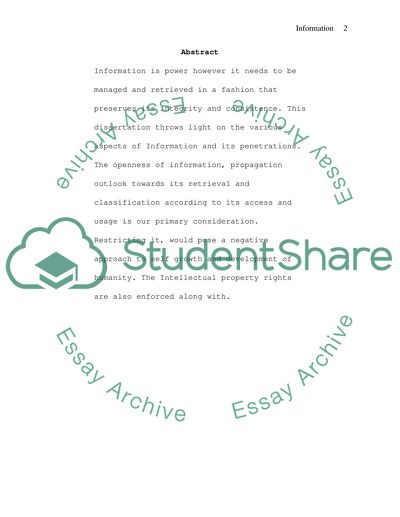Cite this document
(“What Information Means Essay Example | Topics and Well Written Essays - 2250 words”, n.d.)
What Information Means Essay Example | Topics and Well Written Essays - 2250 words. Retrieved from https://studentshare.org/miscellaneous/1502287-what-information-means
What Information Means Essay Example | Topics and Well Written Essays - 2250 words. Retrieved from https://studentshare.org/miscellaneous/1502287-what-information-means
(What Information Means Essay Example | Topics and Well Written Essays - 2250 Words)
What Information Means Essay Example | Topics and Well Written Essays - 2250 Words. https://studentshare.org/miscellaneous/1502287-what-information-means.
What Information Means Essay Example | Topics and Well Written Essays - 2250 Words. https://studentshare.org/miscellaneous/1502287-what-information-means.
“What Information Means Essay Example | Topics and Well Written Essays - 2250 Words”, n.d. https://studentshare.org/miscellaneous/1502287-what-information-means.


